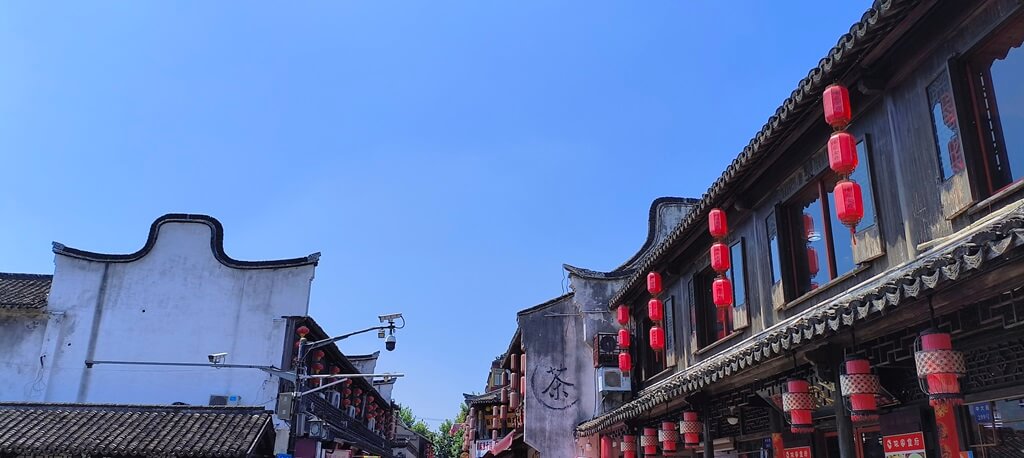The potential acquisition ofRussian fighter jets by Iran has been a story of twists and turns, with recentreports suggesting a possible shift in the country’s procurement plans.
Rumors of Iran purchasing Sukhoi Su-35 fighter jets have been circulating for years, with the possibilitygaining traction after Egypt, under US pressure, abandoned its own deal for the aircraft in 2021. A high-level Iranian military delegation visitedMoscow in December 2021, touring the Yuri Gagarin aircraft manufacturing plant, where the Su-35 is produced. This marked the first time Iran had engaged in such close contact with the aircraft.
Despite theongoing war in Ukraine and Russia’s need for advanced fighter jets, the Su-35SE remained available, fueling speculation that it was destined for Iran. This speculation intensified in July 2022, coinciding with reports ofIranian drones operating in Ukrainian airspace.
In November 2023, Sadar Fahri, Iran’s Deputy Minister of Defense and Armed Forces Support, confirmed the country’s purchase of Su-35S, Yak-130, and Mi-28 helicopters. This followed the delivery ofthe first two Yak-130s in September 2023, further solidifying the expectation of a Su-35 deal.
However, in April 2024, Iranian student news outlets reported the imminent delivery of 12 Su-35S, only to have the Iranian governmentretract the statement and remove the original report. With no further developments on the Su-35 front and the aircraft remaining grounded, doubts emerged about whether Iran had canceled or adjusted its order, potentially prioritizing the S-400 missile system.
Now, reports from the Belgian Army Recognition website suggest a potentialturnaround. The website claims that Iran reached a comprehensive agreement with Russia during the BRICS summit in Kazan, encompassing the purchase and assembly of over 100 Su-30 and Su-35 aircraft. Simultaneously, Iranian media has announced the impending arrival of 12 Yak-130s,further adding to the narrative of a shift in Iran’s procurement plans.
Obstacles to a Su-35 Deal:
From an outsider’s perspective, the acquisition of Su-35s by Iran faces significant challenges, both internal and external. Iran’s military structure is unique, with the legacyforces of the Pahlavi dynasty and the Islamic Revolutionary Guard Corps (IRGC) operating separately. In the case of the Su-35S, the primary beneficiary would be the Iranian Air Force, while the IRGC’s air arm focuses on surface-to-air missiles.
The US, a staunch opponent of Iran’s military buildup, has imposed severe sanctions on the country, making it difficult for Iran to secure advanced weaponry, particularly from Russia. Furthermore, international pressure and concerns over the potential escalation of tensions in the region could further complicate the deal.
The Yak-130: A Separate Acquisition?
TheYak-130, a light attack and advanced training aircraft, is a valuable acquisition for the Iranian Air Force, regardless of the Su-35 situation. Its versatility and cost-effectiveness make it a suitable platform for training pilots and conducting close air support missions.
Conclusion:
The future of Iran’sfighter jet acquisition remains uncertain. While the reported agreement for over 100 Su-30 and Su-35 aircraft is significant, its realization faces numerous obstacles. The acquisition of Yak-130s, however, appears to be a separate and more concrete deal, potentially indicating a shift in Iran’spriorities. The ongoing developments in this complex situation warrant continued observation.
References:
- Army Recognition website (https://www.armyrecognition.com/)
- Phoenix.com (https://www.ifeng.com/)
- Iranian student news outlets
- Iranian government statements
Views: 0
